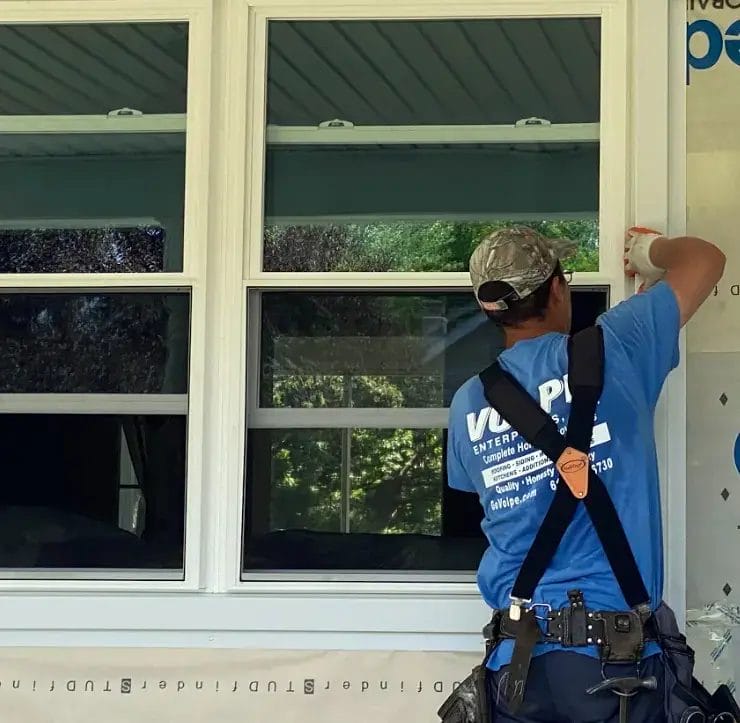Windows are usually replaced because they’re failing in some way, whether broken, damaged, leaky, foggy, or just more than 20 years old. If you’re dealing with windows that are no longer in good condition, you may be hesitant to replace more than the one damaged window. After all, replacing all of the windows in your house can be an expensive project.
However, there are pros to replacing all of your windows at once. Some window installation companies claim that the new replacement windows will pay for themselves. But is it true? The short answer is maybe. Let’s take a closer look at the cost of your old windows and how you can put money back in your pocket with new replacement windows.

The Cost of Old Windows
While your windows only make up 8% of your home’s exterior, EnergyStar estimates that you can gain or lose 45% of your energy through your windows. Losing all of that energy through drafty or leaky windows can be expensive. You may have noticed that your energy bills keep rising as your windows get older.
The good news is that once you replace your old windows, you’ll see those energy bills decrease again. The question is, “How much?” Well, that number can be anywhere from 13% to something much higher, depending on the condition of your old window and the type of energy-efficient window you replace it with. The quality of installation also matters. If your old windows were poorly installed, and your new ones are correctly installed, this can double or triple your savings.
How Much Will You Save With New Windows?
Do you still have single-pane windows? Older homes that haven’t already had their windows swapped out for double pane windows will get the biggest benefit from new replacement windows. Per window, the U.S. Department of Energy estimates that you’ll save between $126 to $465 a year by replacing single-pane windows in your home.
That number, though, shrinks down to $27 to $111 per year if you’re replacing double-pane windows. If your windows are under ten years old, you may not see a significant advantage. For maximum savings, consider installing Energystar-certified replacement windows.
Benefits and Savings Explained
Even with just $100 a year, though, the savings do add up over time. In 10 years, you’ll have saved $1,000 on the purchase price of your windows. If you are replacing your single-paned windows, you’ll have saved almost $5,000.
In addition to saving on your energy bills, you’ll also be able to apply for an Energy Star tax credit for your new windows which rewards you up to $1,200 through 2033. This tax credit needs to be considered when calculating the amount of energy savings you may get with your new windows.
You may not save enough to pay for your windows, but you can save a significant amount on your energy bills over time. That’s in addition to making your house more desirable and increasing your home’s value. New windows add almost 70% of your total spend to your home’s resale value, according to Credit Karma.
In addition to savings, new windows can reduce the amount of sun damage to your curtains, draperies, carpets, furniture, and other possessions in your home. You’ll also gain the benefits of comfort. New windows can significantly reduce noise pollution and can help with temperature regulation throughout the home. While these don’t add up to savings, exactly, they are benefits that you should consider when deciding to replace your windows.
Do Replacement Windows Really Pay For Themselves?
Replacing your windows may not entirely pay for themselves, but they will offer you substantial benefits and energy savings. If your windows are already in disrepair and need to be replaced, the savings can certainly help with the payment of replacement over time. Add in the benefits of tax credits, and the prevention of sun damage, and the advantages of new windows are clear.
Ready to replace your windows? Let Volpe Enterprises give you a quote for new, Energy Star windows.




